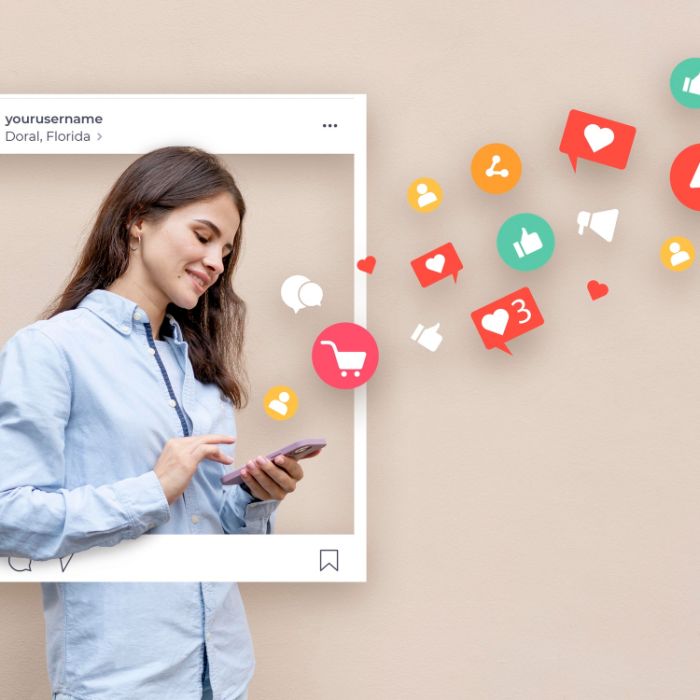Finding Your Personal ‘Big Circle’ and Other Thought Leadership Tips
Brands are like people, and vice versa
Roger Darashah
Nearly a decade ago I launched LinkedIn’s ‘Brand You’ campaign across Europe. The idea proposed to the client (and executed by my agency at the time) was try and apply some of the techniques used to position and manage commercial brands, to people’s own professional personae. The analogy wasn’t exact – people (even in their professional capacities) are far deeper and more interesting than brands – but Brand You enabled us to recruit a brilliant panel of branding experts and collaborate to produce a set of personal branding tools which professionals could try out for themselves.
I recall this campaign for a couple of reasons. First, while I’ve often urged communicators to consider brands as if they were people – pay attention be polite listen before speaking, contribute don’t impose, consider your audience first etc – the reverse is equally relevant. Your professional brand is too important to be left to chance – or whatever triple ice cream sundae you decided to share on Pinterest that afternoon. No. If I were advising Brand You followers on their professional branding today, I would give the same advice as I try and give brands. It’s not about you anymore.
It is, in fact, all about your audience. If you are a healthcare professional, your professional audience is more likely to be interested in your views on health-related technology, whether IoT will make the diagnosis process anticipatory, or what the latest Government educational initiatives will mean for the incidence of lifestyle diseases, than what you had for breakfast!
LinkedIn is not Facebook, you see.
As such it requires a methodical, professional approach to make a difference to your career; and I’m not only talking about recruitment. A sensibly managed professional profile will also boost your credibility in the workplace, enhance your ability to network, provide a pool of content with which to share with and follow up business leads etc. To better engage their audiences, I advise brands to define a ‘big circle’ – an insight about their audience with can then connect them to the same. The definition of this insight provides the brand with a tested, certain and repeatable way to connect (as opposed to through a variety of opportunistic and improvised connections). Typically, this insight is based on a particular observation; whether millennials are better than their predecessors at multi-tasking, or whether Generation Z attach a greater importance to a company’s ethical behaviour when purchasing than previous generations. It could concern the role of technology in the workplace, increasing the relevance of emotional intelligence; or how impulse shopping has transformed the entertainment sector. These are examples of repeatable storylines, supported by data, which a variety of brands – from FMCG and employer brands, to technology and content companies – can use to relate to their audiences. The latter may agree or disagree with the particular insight, that’s not an issue; what is important is that, in a fairly safe, sensible context, engage.
The same principle applies to a person’s professional identity. The key is to define your own ‘big circle’, what are the wider professional issues and interests that you feel passionate about? What is the future of your industry and how should professionals prepare? What are the skills of tomorrow, what type of qualifications will be required, and what sort of attributes necessary? Once established, this personal big circle will represent a thread linking your professional thoughts and insights. Importantly, it will provide a coherent bridge through which to relate to relevant news of the day; your insights will provide a ready-made perspective, which can then be linked back to other comments, blogs and articles relating to the same theme. I use this approach myself on LinkedIn; my insight is the continuing relevance of earned media, and all my posts, comments and blogs are automatically linked to the theme.
The methodology is based on the concept of ‘adjacency’; the idea that the best way to promote a brand is to find areas of common interest with your audience. It enables the brand to build legitimacy and expertise, to win the confidence of their audience and, ultimately, to engage with them in a far deeper, mutually beneficial manner, than via a traditional approach of simply talking about itself.
The idea of ‘big circle’ communications is equally relevant to professionals looking to develop their personal profiles. Ten years after LinkedIn’s Brand You campaign, I can fully attest that personal professional profiles can benefit as much from this approach as their global counterparts.
The second reason I recall this campaign is that I’m catching up with one of the Brand You panelists, David Midgley Emeritus Professor of Marketing at INSEAD this month in Paris. A decade ago, David provided some fun and more serious insights into personal branding for the LinkedIn campaign. I will definitely be asking him about his ‘big circle’ and whether there are any other insights he would offer processionals looking to build their profiles today.




